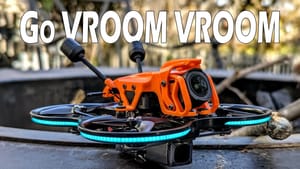Small digital video transmitters once bloated micros. The Pavo Pico II proves that packing a DJI O4 Lite into an 80mm frame works better than expected.
Why the Pavo Pico II matters
The Pico II shrinks DJI O4 hardware into a 75–80mm whoop and keeps useful flight characteristics. It aims to blend cine-capability with micro agility.
Hardware summary
Beta FPV kept a familiar propulsion formula: 1102 motors at 14,000 KV, Gemfan 45mm props, and a two-cell battery. The vendor claims about 10 percent more thrust from the revised "lava" motors.
The diagonal wheelbase measures 80mm. That extra few millimetres over the Femto's 75mm lets the Pico use 45mm props, which improves control and punch under the O4 weight.
O4 Lite integration and the new canopy
The air unit fitted here is the DJI O4 Light — a single-board, lighter pack than the O4 Pro. Beta FPV redesigned the canopy so the whole canopy is soft-mounted on gummies or bobbins, isolating the camera from motor vibrations.
The camera mounting is now simpler. Two screws for the camera, easy tilt adjustment, and four screws to remove the camera assembly. The canopy's bobbins isolate the camera from the carbon fibre plate beneath.
Those bobbins carry risks. If too much mass sits on them, a crash can rip them out. The Pico II appears to keep bobbin load low enough to avoid that problem in regular use.
Stabilisation and gyroflow compatibility
On-board stabilisation improves the recorded image by zooming and sliding the frame. That stabilised DVR looks cleaner for cinematic moves, but it crops the field of view.
Good vibration isolation matters for third-party stabilisers like Gyroflow. The Pico II's canopy damping produced usable gyro data for Gyroflow in tests — a notable win for a micro with a digital air unit.
O4 Lite versus O4 Pro: weight, FOV and trade-offs
The O4 Lite is lighter and narrower in field of view. It sacrifices low-light sensitivity, image quality and onboard storage compared with the O4 Pro.
Beta sells a Pro-compatible canopy that uses traditional gummies and screws instead of bobbins. Expect a firmer mount for the heavier O4 Pro and plan for different flight handling if you swap units.

Flight controller, link and battery tray
The flight controller is F4 class with a built-in 2.4GHz ExpressLRS receiver. A small red antenna lead is soldered to the board and tucked into the frame for protection.
The ESCs are 20A and the FC includes a voltage regulator for the light air unit to prevent brownouts when the 2S pack voltage dips. That regulator is sensible and necessary for digital units.
Battery fitment favours Beta FPV's Lava 550mAh 2S pack; the tray is sized to slide those batteries in and out. Other packs may fit with a strap or by trimming the tray as Beta suggests on their product pages.
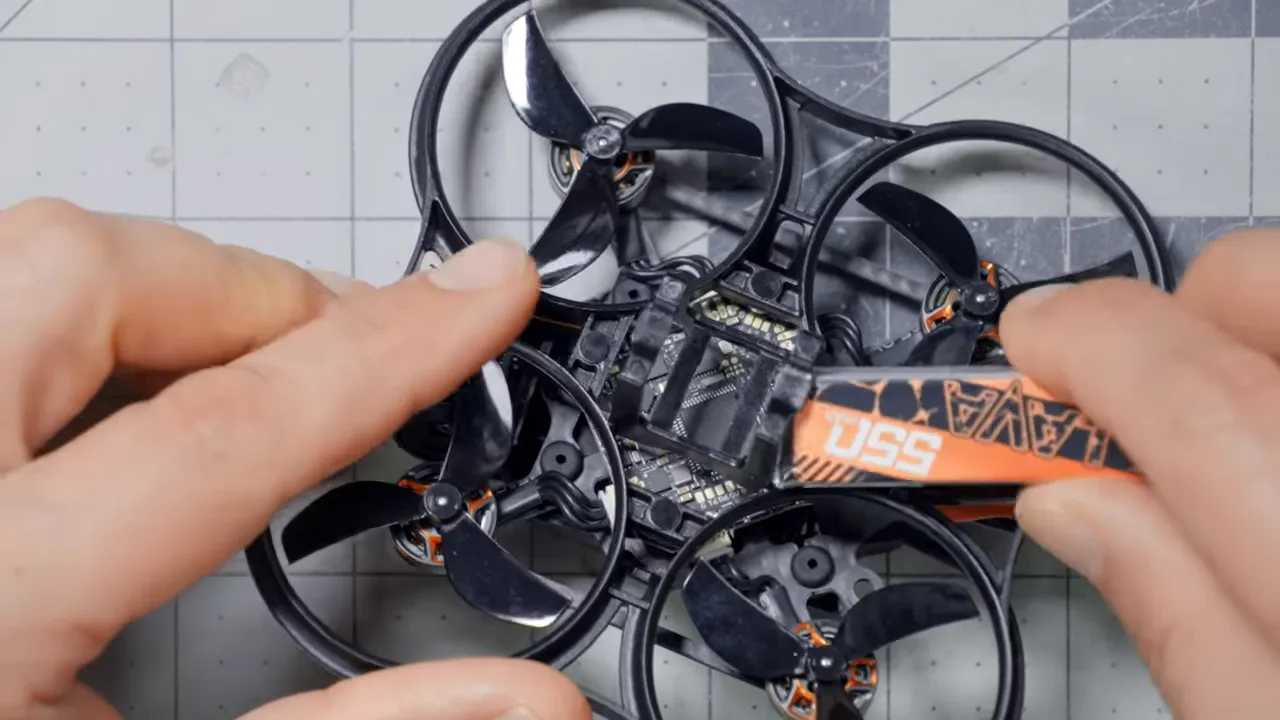
Relevant reading on motors, battery choices and micro builds: https://www.unmannedtechshop.co.uk/2015/11/07/how-to-choose-the-best-motor-for-your-drone/ and https://www.unmannedtechshop.co.uk/2015/10/09/how-to-build-an-mini-fpv-quadcopter/.
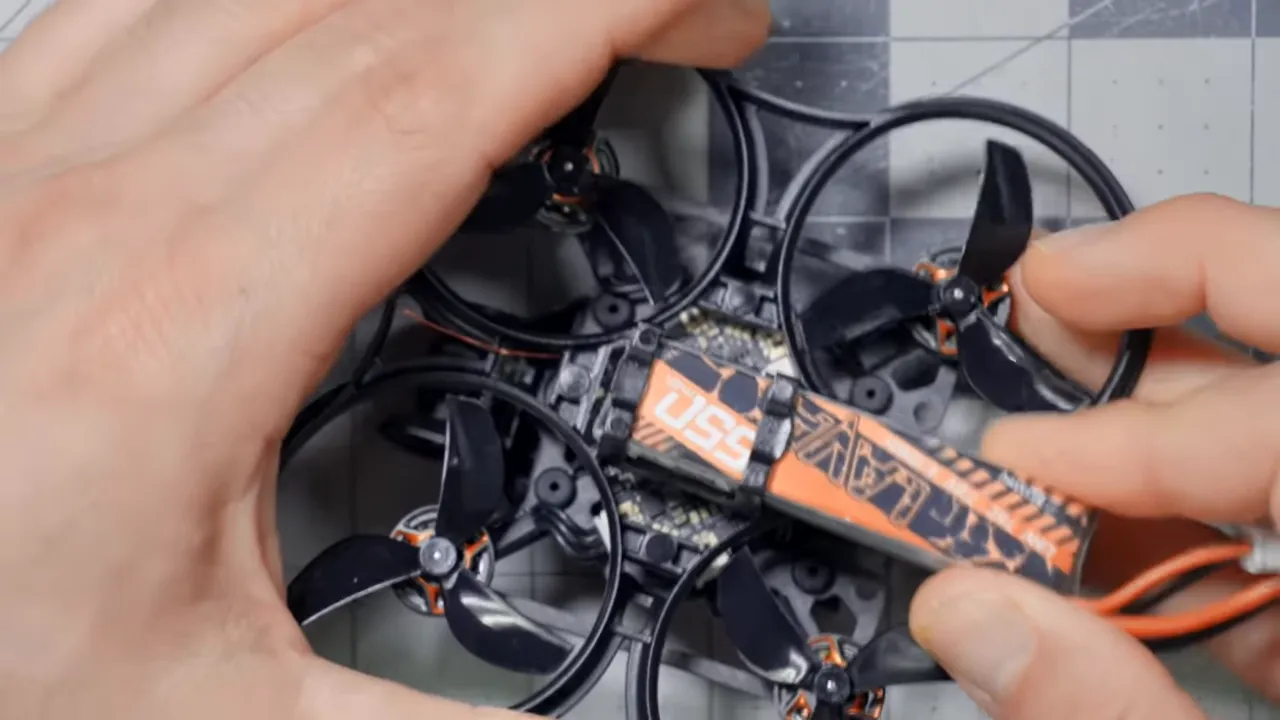
How it flies
Initial flights showed smooth, clean movements for cinematic lines. Stabilised DVR footage is cropped but much less twitchy on left-right snaps.

Prop wash resisted popping into the image during moderate aggressive inputs. Only repeated, hard throttle punches produced noticeable prop-wash artefacts.
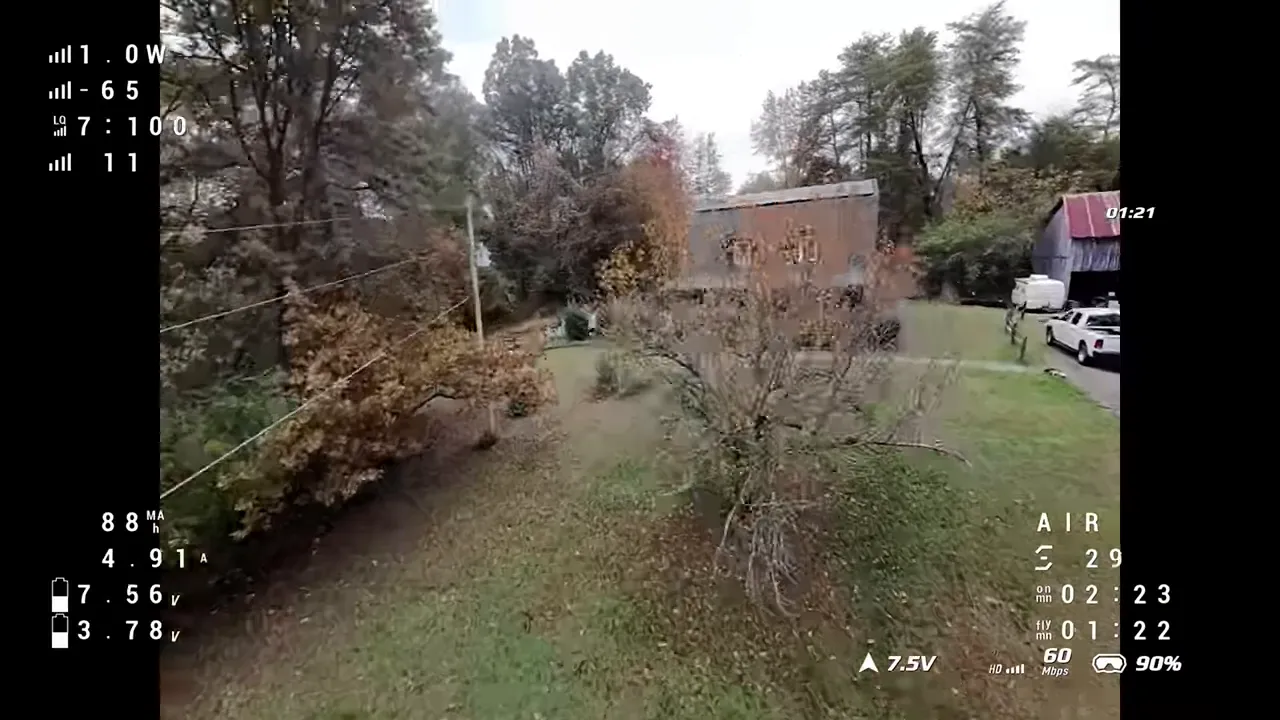
Flight time matched expectations: around 4.5 minutes on a 550mAh 2S high-voltage pack, with the voltage sag behaviour remaining usable down near 3.5 volts. A cautious pilot could squeeze close to five minutes.
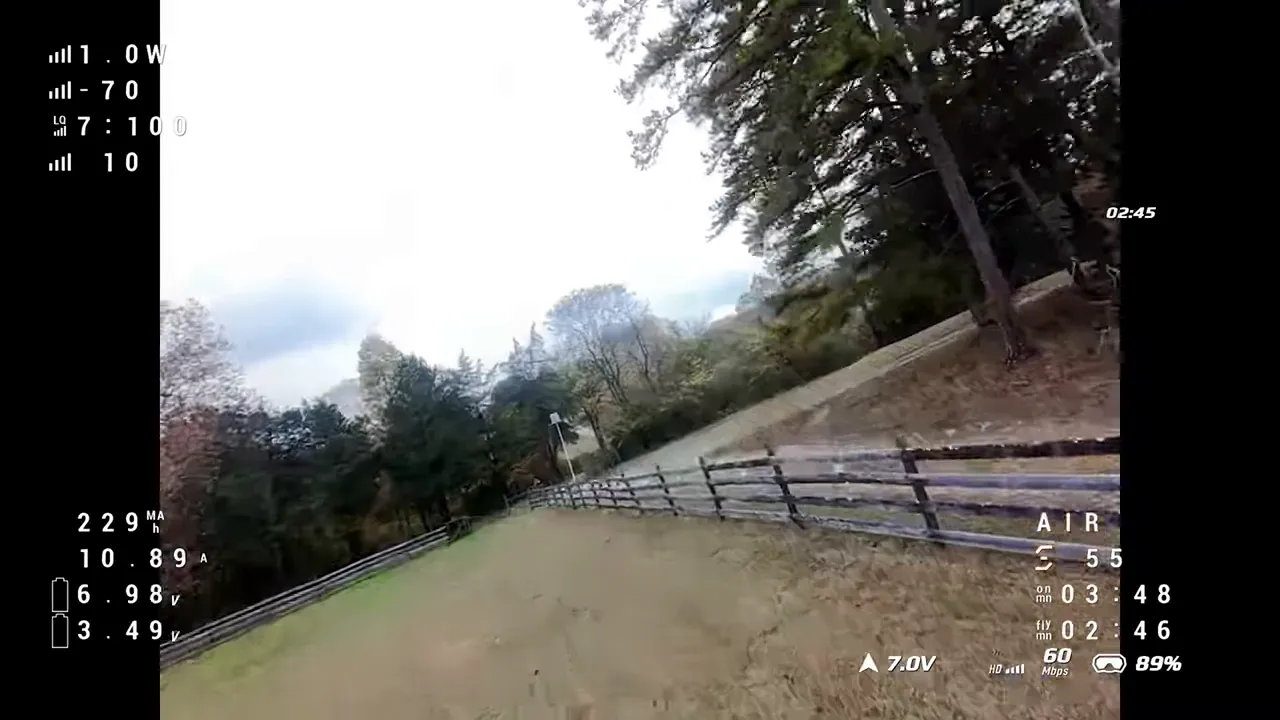
The Pico II handled power loops and throttle flings well for its mass. It does not mimic a heavy 5-inch, but it completes standard freestyle moves reliably.

Range and latency
ExpressLRS receiver LQ held near 100 across the yard and behind obstructions. The O4 Light video link shows excellent penetration for a short-range micro.
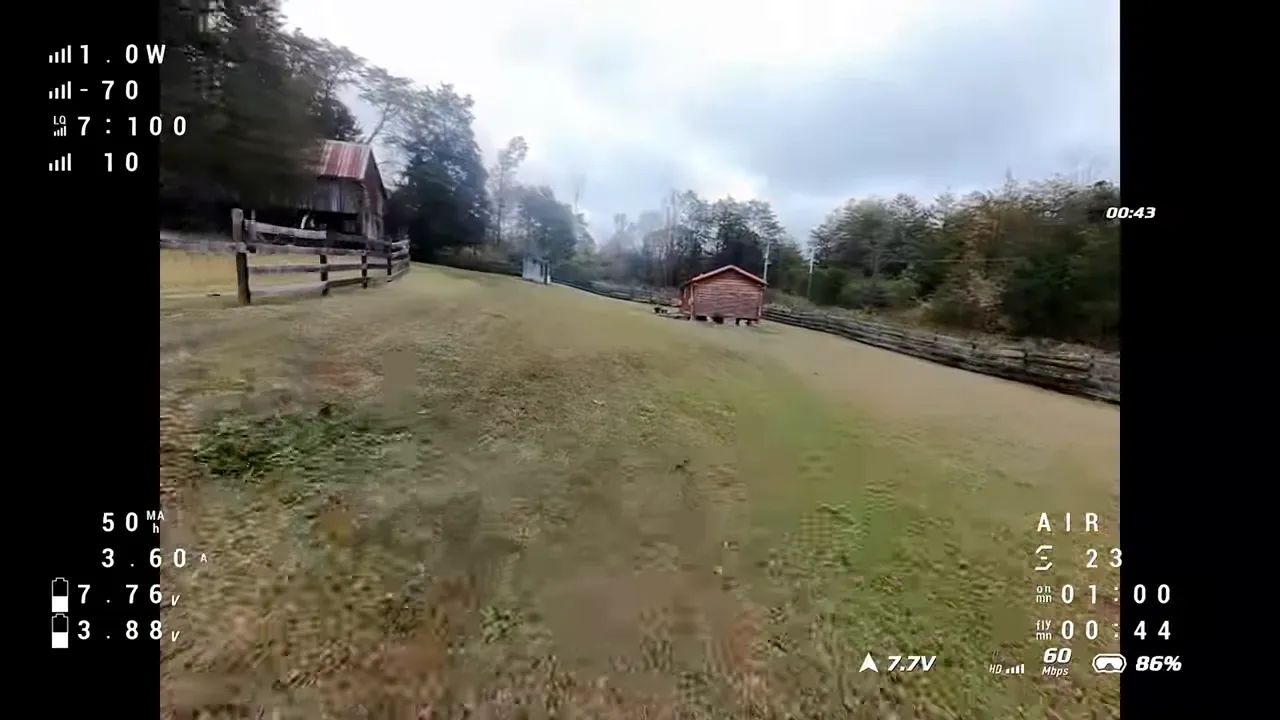
Latency in standard O4 mode sits around 25 to 30 milliseconds here. That is playable for most freestyle and cine tasks. Racing mode can reduce latency to roughly 19 milliseconds if required.
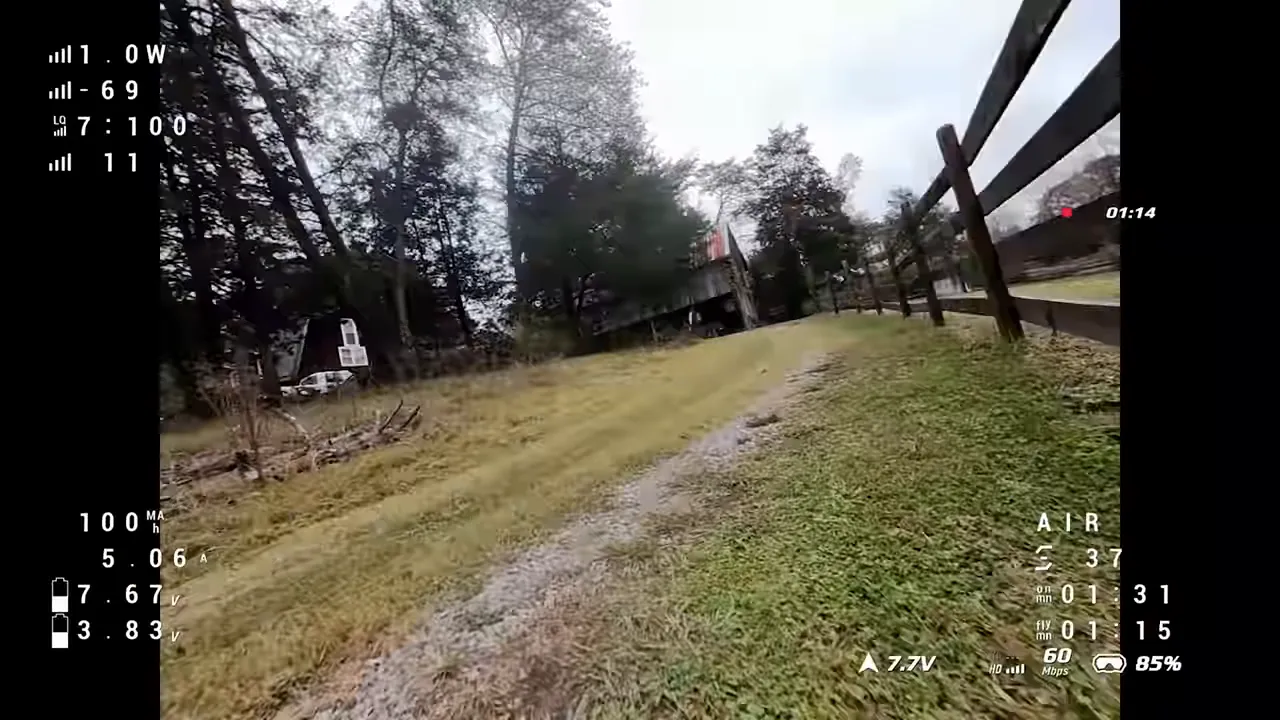
Durability and crash behaviour
Prop guards and the frame allowed turtle mode recovery after crashes. The prop guards kept props clear enough to self-right consistently in tests.
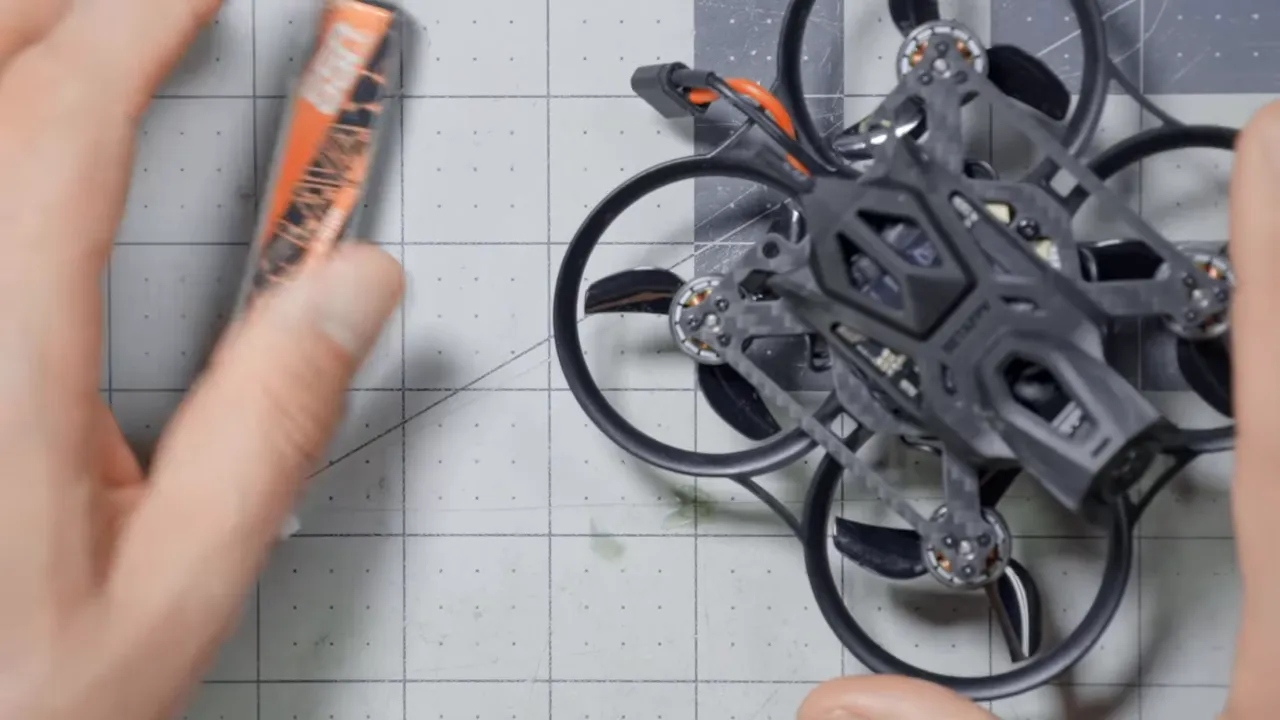
Bobbins did not rip out in routine crashes during testing. That suggests the canopy soft-mount is balanced between isolation and mechanical resilience.

When to pick the Pico II and when not to
Choose the O4 Lite Pico II for compact cine, whoop-style urban runs and general-purpose fun where weight and field of view are acceptable compromises.
If low-light performance, wide field of view and maximum image quality matter, plan for the O4 Pro on a larger 2-inch prop platform. The heavier Pro changes flight feel; a 2-inch prop is the minimum suggested for handling its mass.
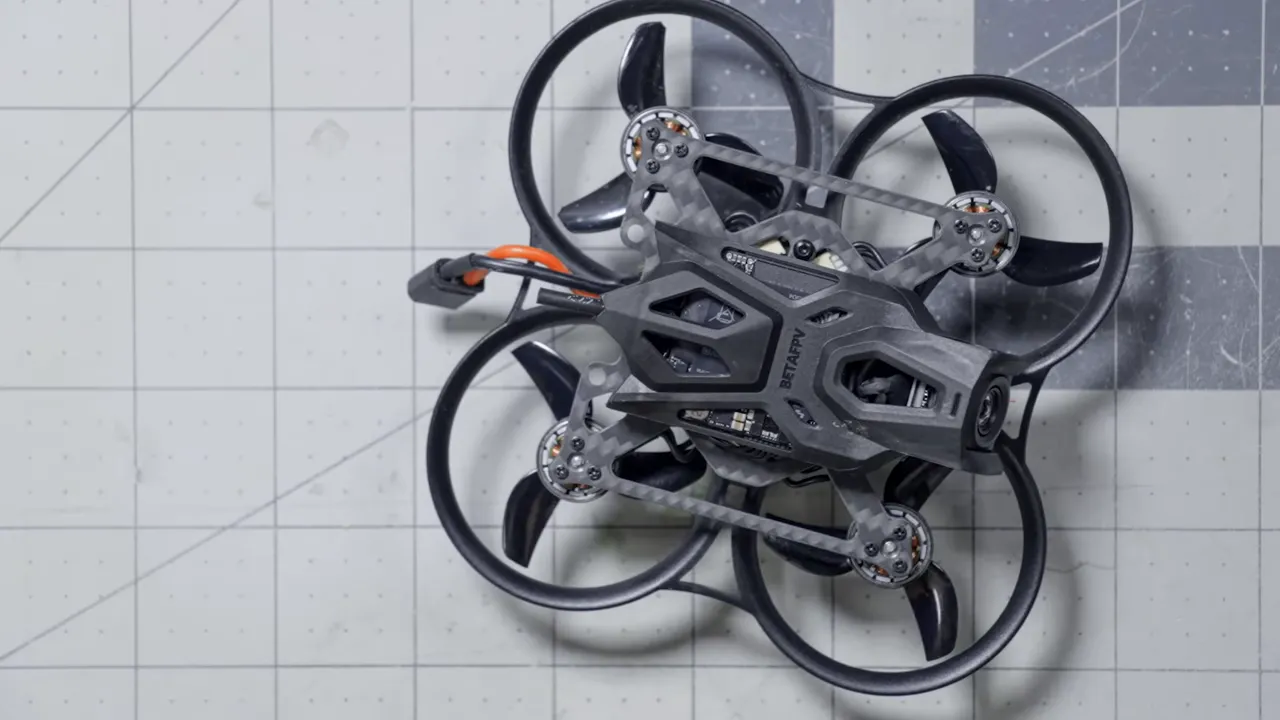
Verdict
The Pico II pulls off a tidy trick: usable O4 Light footage, competent flight characteristics, and practical battery life in a micro frame. It exceeds middling expectations without reinventing the wheel.
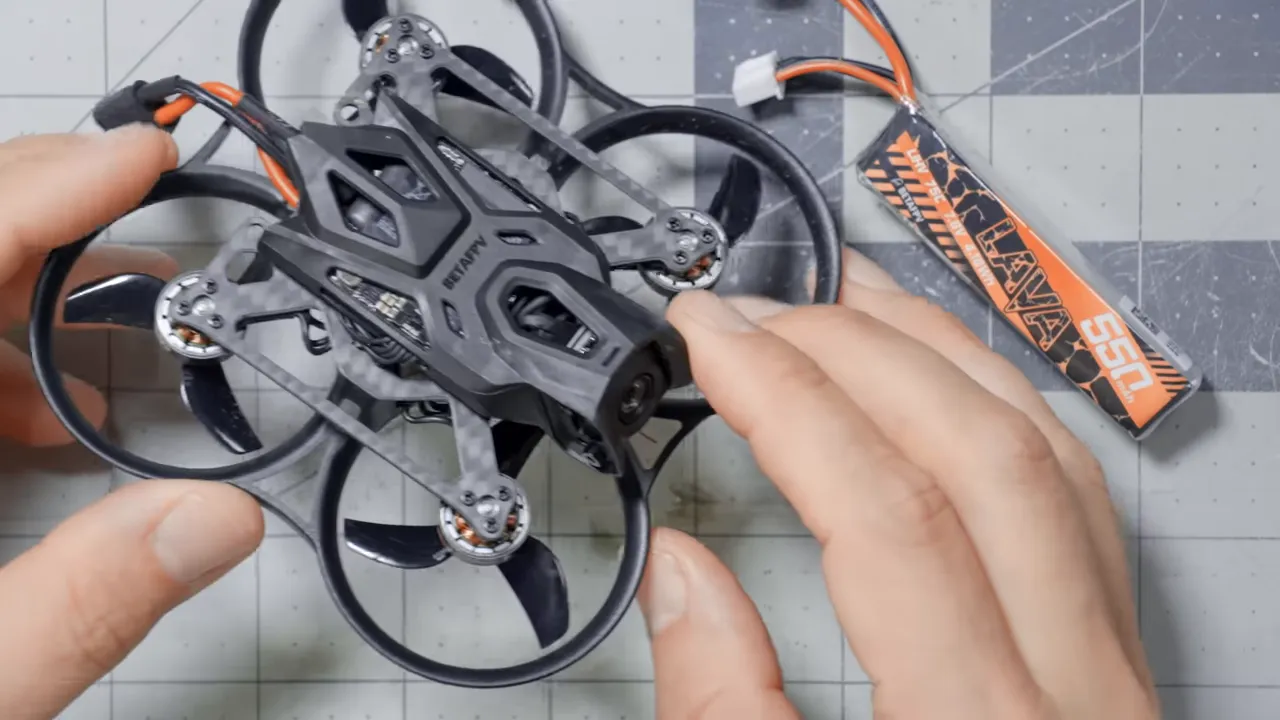
How long does the Pavo Pico II fly on a 550mAh 2S pack?
About 4.5 minutes under mixed aggressive and cinematic flying. A cautious pilot might get near five minutes; lighter 450mAh packs will reduce mass and may extend manoeuvrability.
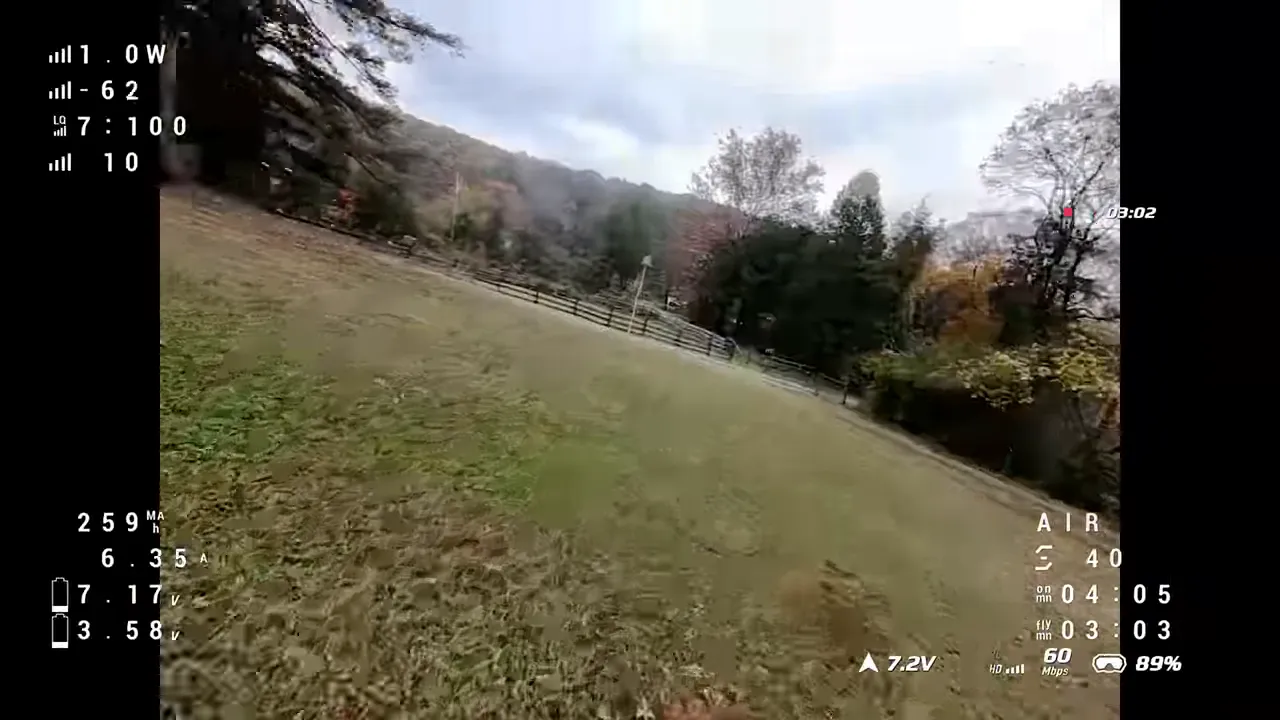
Is the O4 Lite good enough for Gyroflow?
Yes — the Pico II's canopy damping produced usable gyro data for Gyroflow, provided vibration isolation is set up correctly and the recording is stabilised.
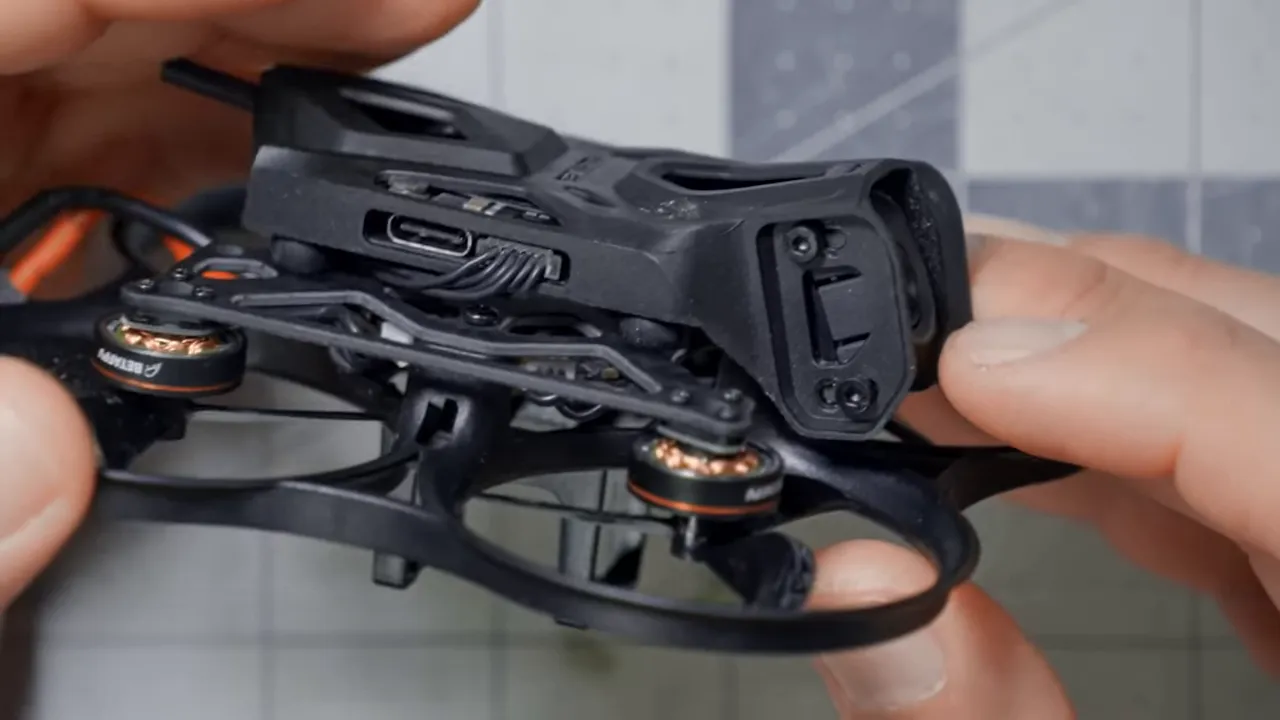
Will mounting the O4 Pro break the bobbins?
The Pro requires a different canopy mounting with screws and gummies. Beta FPV supplies a Pro canopy to avoid overloading bobbins; choose it for the heavier unit.
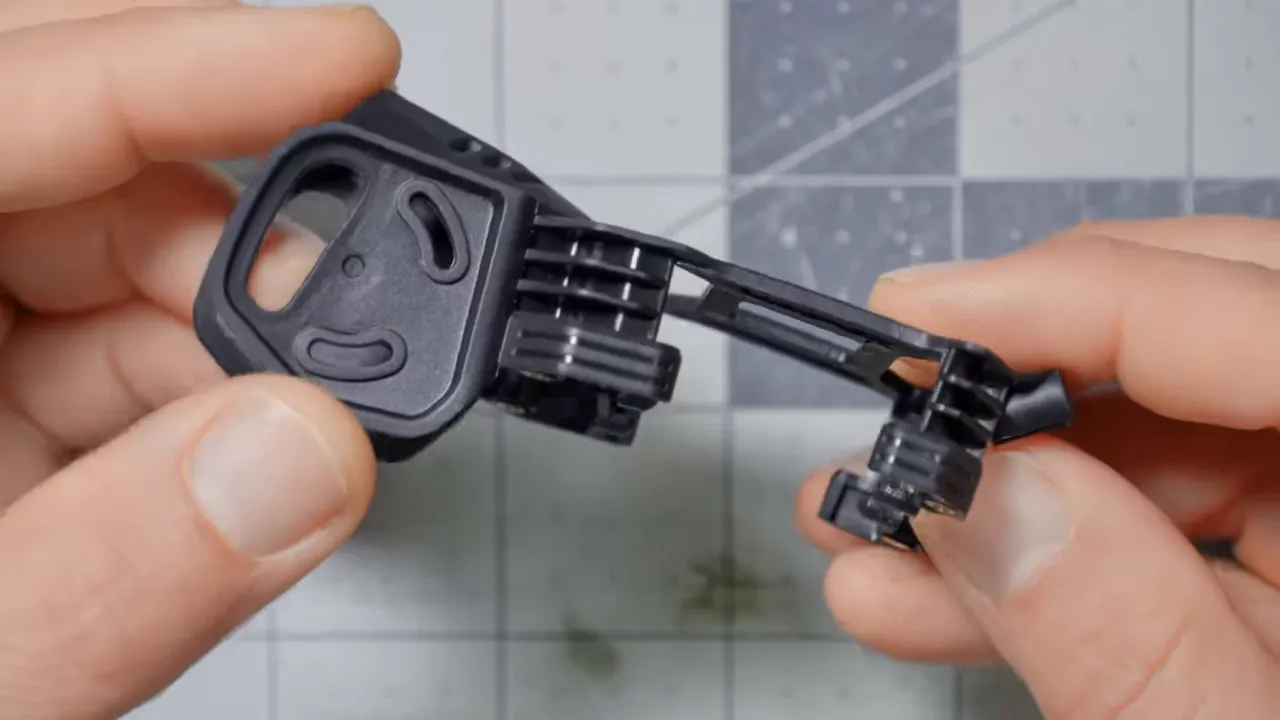
Should pilots choose a 2-inch prop when using O4 Pro?
Yes. A 2-inch prop is the practical minimum for carrying the Pro with confident handling. Smaller props will limit thrust and responsiveness.
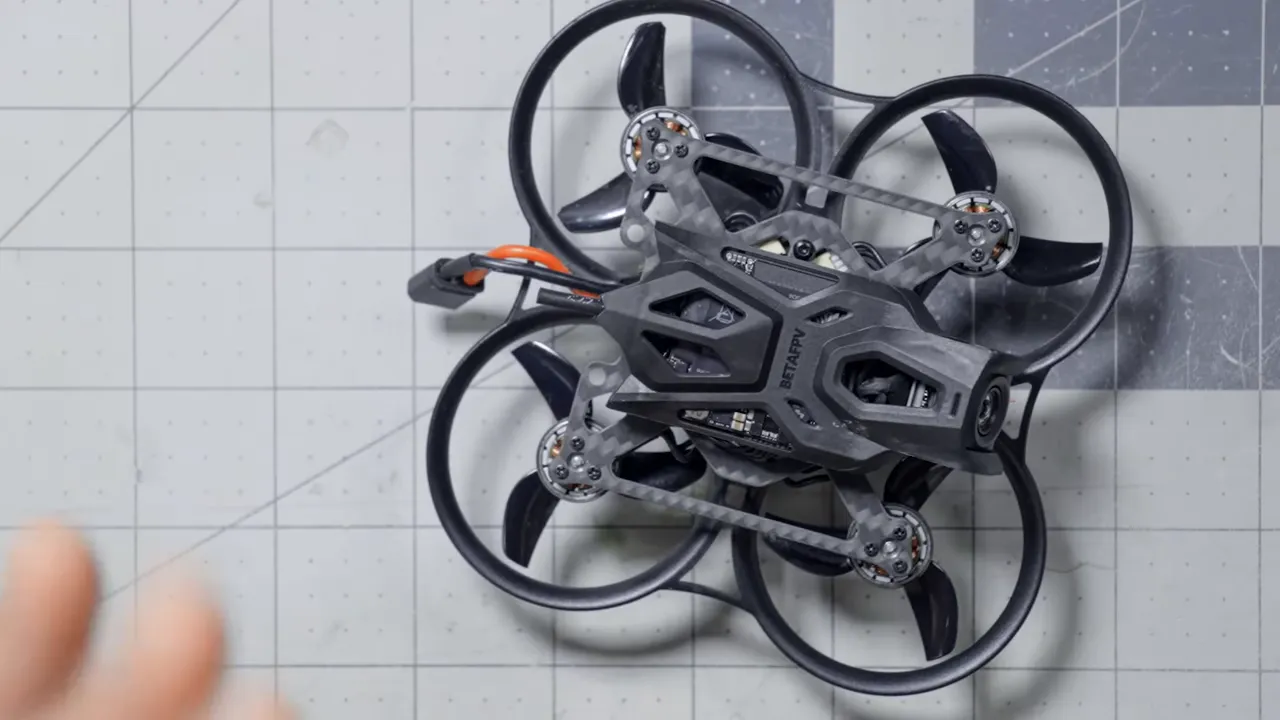
Takeaway
BETAFPV kept a proven motor-prop-battery recipe and improved mounting; the result is a micro that actually flies like more than a gimmick.
Soft-mounted canopy with bobbins gives good damping for digital footage and third-party stabilisers — without shredding reliability in routine crashes.
O4 Lite gives compact HD footage but trades low-light sensitivity, FOV and storage versus the Pro. Pick the version to match the mission.
Takeaway box
Small package, sensible hardware choices—Beta FPV did not chase marginal KV gains and it shows.
Canopy damping works—Gyroflow compatibility is viable on the O4 Light Pico II.
Swap to O4 Pro only if image quality or low-light performance is mission-critical; plan for larger props and altered flight handling.
This article was based from the video I did NOT expect to be this impressed! // BETAFPV PAVO PICO II


